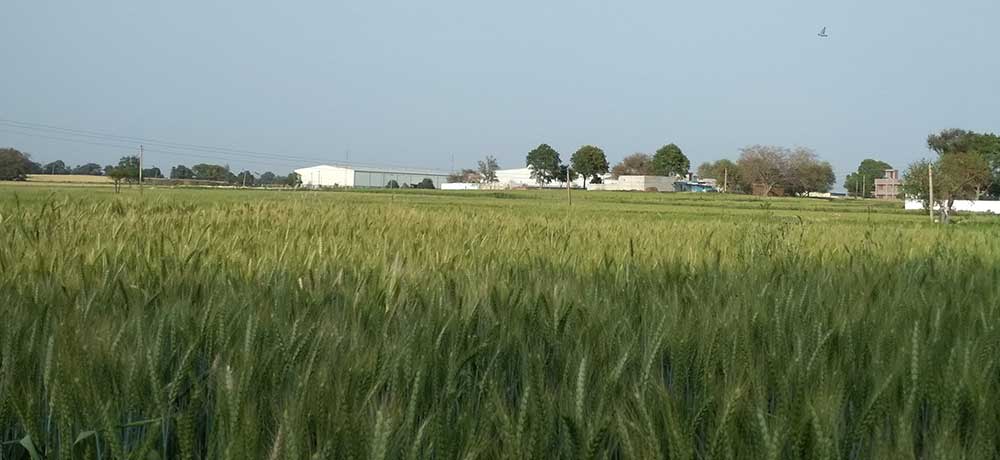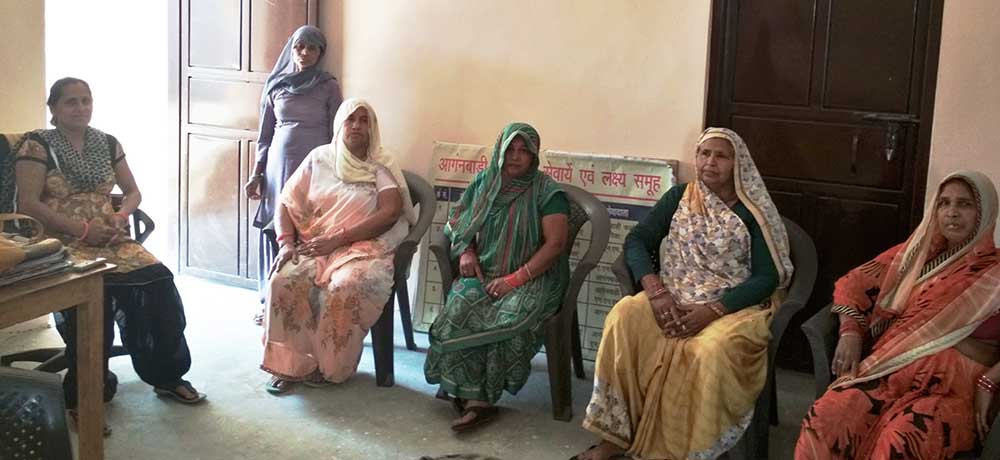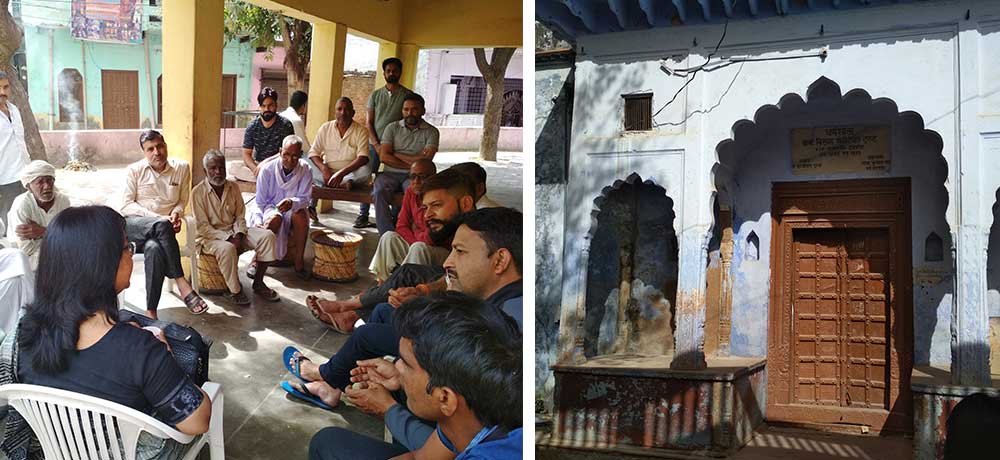The land acquisition regime created by The Right to Fair Compensation and Transparency in Land Acquisition, Rehabilitation and Resettlement (RFCTLARR) Act, 2013 seeks to make the affected persons partners in development leading to an improvement in their social and economic conditions. Six years since its enactment, it is worthwhile to critique the Act and the implementation practices with respect to the livelihood-dependent families and women.

The Act has adopted a wide definition of 'affected family' to include, among others, farm labourers, sharecroppers, tenants, artisans and those working in the affected area and families that are primarily dependent on the acquired land or forests or water bodies for livelihood in the immediately preceding three years. The Rehabilitation and Resettlement (R&R) entitlements of livelihood-losers comprise of a job or a lump-sum payment in lieu thereof, resettlement allowance and one-time financial assistance for loss of cattle shed and petty shop. The artisans, small traders, self-employed persons and owners of non-agriculture land or institutional, commercial and industrial structures must also be provided a one- time financial assistance. The agricultural tenants are entitled to a portion of the cash compensation accruing to the landowners.
In the event of involuntary displacement, transportation allowance and one-year subsistence grant shall also be offered. The 'affected family' that does not own a homestead but has been residing continuously in the affected area for three years prior to the acquisition shall be provided a house at the relocation site. According to the Act, the 'affected family' have to be identified, initially, during the social impact assessment study and, later, in the census to be conducted by the R&R Administrator. Finally, the Collector must pass the R&R Award listing the R&R entitlements of each 'affected family'.

However, the experience of past six years has shown that, routinely, the livelihood-dependent families are being denied the R&R benefits. Several factors may account for such a situation.
First, the widespread practice of oral agreement between the landowners and tenants makes it difficult for this category of cultivators to claim their eligibility for R&R benefits.
Second, absence of documentary evidence to prove that the livelihood-dependent families have been domiciled in the affected area in the immediately preceding three years or that their primary source of income is derived from the land under acquisition. Such families can be identified only through verification on the ground.
Third, the failure of social impact assessment teams to collect the details of livelihood-dependent families during the field survey, as revealed by a review of two dozen SIA reports by the author. While the inadequacies in SIA reporting can be addressed through quality checks and capacity building, the exclusion of a range of projects from the purview of SIA by Tamil Nadu, Gujarat, Telangana, Maharashtra, Jharkhand and Andhra Pradesh has nixed the possibility of ever obtaining the information through an independent source.
Fourth, lack of intent on the part of the Acquiring Bodies to extend the benefits to livelihood-dependent families even after all the details have been gathered by the R&R Administrator. Ironically, the R&R provisions of The RFCTLARR Act, 2013 are applied rigorously while acquiring land for the World Bank and ADB funded projects.

Apart from the recognition of adult unmarried daughters, widows, divorcees and deserted women as a separate family for the purpose of the R&R package, the Act offers precious little safeguards to women. The involuntarily displaced families are given the option of a house or a plot of land with cash disbursement for house construction which, the Act suggests, may be registered in the joint name of the spouses. The Act does not suggest, much less specify, that the monetary component of R&R should be deposited in the joint account of husband and wife. The offer of a choice between a house and a plot of land and its registration in the husband's name, who is also the recipient of the monetary R&R benefits, is a retrograde step. It not only undermines efforts at women's empowerment through the promotion of their ownership rights in the property, it is equally inimical to the interests of women and children in terms of shelter and food security. It is noteworthy that the cash compensation for land which is, often, the only income-generating resource in the family is received by the titleholders who are mostly men. Cumulatively, the monetization of land and transfer of all cash benefits to men have adverse gender impacts by accentuating women's financial dependence on men and exposing them to an uncertain future.
Certainly, The RFCTLARR Act, 2013 has to be lauded for recognizing the rights of livelihood-dependent families and imposing an obligation on the Acquiring Bodies to compensate them by offering some benefits. However, the discretionary approach of 'appropriate government' on whether to extend the benefits of R&R to livelihood losers and, if so, to what extent, signifies a complete disregard for the law. At the same time, the Central Law has to be faulted for not appreciating the need for the long term economic rehabilitation of livelihood-losers, much less creating a framework for the regeneration of their income. In a similar vein, the Act cannot be characterised as progressive legislation in the context of women's property rights. In fact, it creates the possibility of even greater dispossession of women, which, given the patriarchal worldview of the R&R dispensing Authorities is very real.
The RFCTLARR Act, 2013 is, undoubtedly, a remarkable step in the direction of providing just and fair compensation to the landowners. However, the provisions of the Act and the manner of its implementation have not entirely furthered its stated objective of making all the affected persons partners in development leading to improved life chances.
